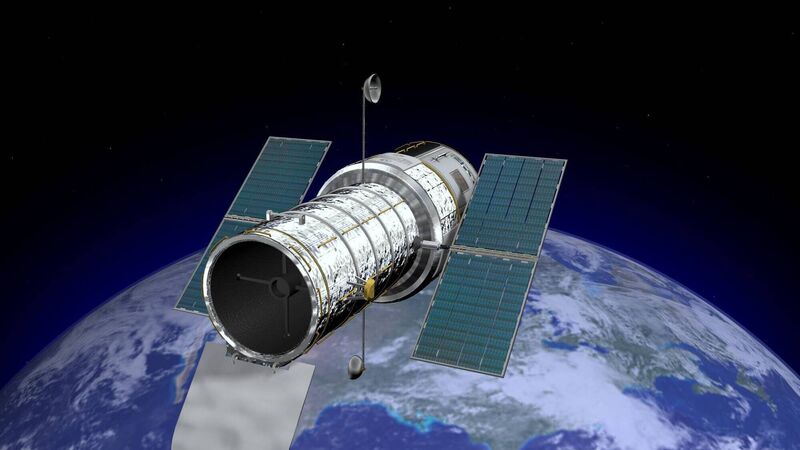Sky Matters: Dr Niall Smith on why we may be 'all made of stars'

The Hubble Space Telescope showed us that the universe is expanding at a rapid rate
I feel fortunate to have witnessed many great astronomical events and discoveries in my lifetime. My earliest memories come from 1969, the era of Apollo and the first landing of a person on another celestial body. That momentous event was followed in 1971 by the first long-duration human occupation of space when the Soviet Union launched the Salyut-1 space station. In 1977, NASA’s two Voyager spacecraft were launched on their epic journeys to the outer solar system, giving us close-up views of Jupiter, Saturn, Uranus, and Neptune that are simply impossible to capture from the ground. Far from revealing a group of similar planetary systems, the images revealed tens of new moons, massive geysers on objects thought to be geologically dead, incredible displays of lightning that dwarf our experiences on Earth, and super-high-speed winds like nothing ever witnessed on our home planet.
Around the same time, the Viking 1 lander on Mars was sending back photos from its surface with incredible clarity, showing rocks that have lain undisturbed for billions of years and tantalizingly provided evidence for life — evidence which was subsequently overturned, but which for a brief period caught the global imagination and the real prospect of not being alone.

A little while later in 1990, the Hubble Space Telescope snapped images of distant objects with such clarity that it helped to completely overturn a long-held view that our universe was expanding slowly, and rather showed that its expansion is speeding up. The same telescope, floating a mere 500km above the ground, took advantage of being above the atmosphere to produce what still remain the sharpest images ever taken of our universe. Incredibly, Hubble has been operating for 30 years, admittedly after a somewhat false start when an issue with its mirror needed fixing by astronauts on the Space Shuttle.
And right now the Perseverance Rover, complete with its own helicopter, continues to beam images and other data from the surface of Mars, helping us to understand the early Martian environment and provide clues as to whether the conditions for life may have existed on that planet. Perseverance continues the work of the Viking landers, but with 21st-century technology that elevates its capabilities to a whole new level.

And soon another milestone will be added to this (very incomplete) list of space exploration successes. On July 12th at 15:30pm, we anticipate the release of the first images from the most expensive telescope ever to be built — the James Webb Space Telescope. Sitting 1.5 millionkm from earth, this marvel of optical and mechanical engineering has been peering into the cold depths of space for the past few weeks. NASA’s Director, Bill Nelson, says the first images will be the deepest that have ever been taken by humanity. We will soon have the privilege of seeing the farthest objects ever observed, the era when the first stars were beginning to shine, and the first galaxies were being built. We don’t know precisely how this happened, in fact, our knowledge is pretty sketchy. So it’s difficult not to be excited that we’re on the cusp of finding answers to questions about our origins.

And speaking of origins, Japanese researchers have found the building blocks for life on asteroid Ryugu having successfully captured 5.4g of material from it in 2019, bringing it back to Earth for in-depth analysis. The building blocks are known as amino acids and they’re found in every protein in your body. The importance of this discovery lies in the possibility that we are derived from entire molecules that were part-built in space and not simply here on Earth. That leads to an intriguing thought — from now on, perhaps it's more appropriate for us to thank our "shooting stars".







